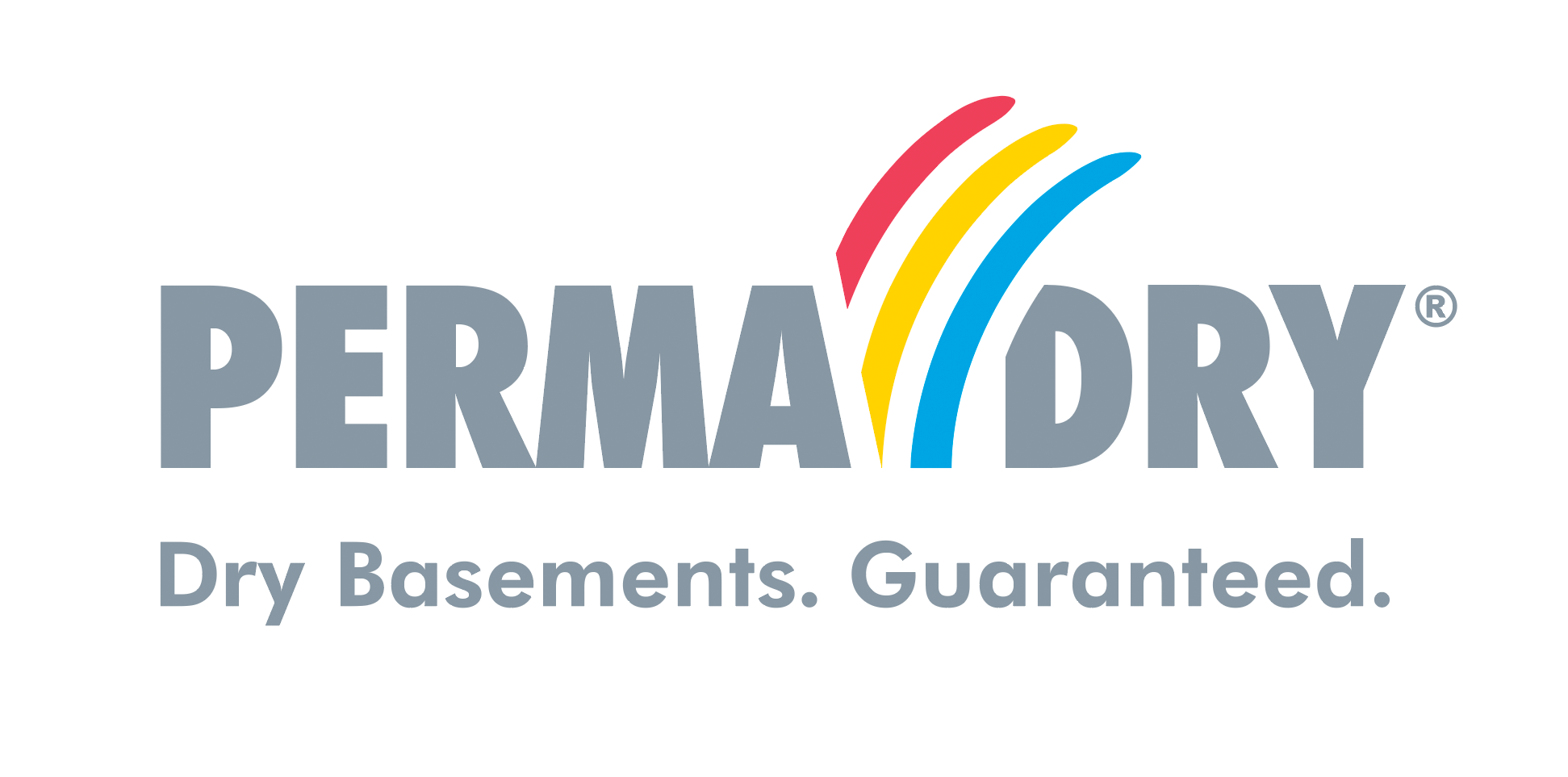If you live in an area with a municipal sewer system and your home’s basement drainage system is tied into that system, you could be in trouble when a big storm hits! Most municipal sewer systems in Canada are only designed to handle storm water from storms that happen once every five years (20% chance) with older systems only capable of draining water from storms that happen once every two years (50% chance)!
When these kinds of storms hit, sewer systems get overloaded which prevents yourbasement drainage system from draining causing your basement to flood. If you’re lucky, you’ll get a swimming pool in your basement that you didn’t bargain for, and if you’re not, you’ll have a sewage treatment plant in your basement!
Waste water, whether it’s sanitary or storm, get to their respective sewer main under the street via a sewer lateral that runs from your home to the sewer main. Laterals often collapse over time, especially with poor quality pipes that were used in the 60’s and earlier. Tree root infiltration into residential laterals in another common problem, especially in homes with older sewer laterals reducing the capacity of the lateral and trap solid waste.
There Are Three Common Types of Municipal Sewer Systems:
Sanitary Sewer: is for collecting household plumbing waste from sinks, toilets, showers and typically does not carry any surface water. Unlike in the past, municipalities now treat waste water from the sanitary sewer system before it is discharged. Almost every municipality prohibits clean groundwater and surface water from being introduced into the sanitary sewer system due not only to the cost of treating clean water, but the reduction in the system’s capacity that adding clean water causes.
Storm Sewer: collects surface water during rain, snow melt and storms. Water from storm sewer systems are not always treated and often run directly into lakes, rivers, etc.
Combined Sewer: are typically found in older cities and sections of older cities. They collect the household sanitary waste and storm water as well. Back in the day this waste water was not treated and was dumped directly into harbours, lakes, rivers and so on. Most municipalities with combined sewer systems have embarked on massive public infrastructure projects to separate combined sewer systems into two separate systems; Sanitary and Storm. In areas where this hasn’t been done, many municipalities have passed by-laws prohibiting household surface water from foundation drains, sump pumps and downspouts from being discharged into the combined sewer system.
Municipal Requirements
Older homes often have their basement drainage system tied into the sanitary sewer system or a combined sewer system. Most municipalities prohibit clean groundwater and surface water from being introduced into these systems. Existing homes with the original basement drainage system tied-in are often grandfathered in; however, a lot of municipalities give incentives to homeowners to disconnect from these systems. Replacement of the basement drainage system is often not grandfathered and therefore illegal to tie a replacement basement drainage system into either a sanitary or combined sewer system.
If you have to replace your existing basement drainage system, consult with your municipality to find out what you can do and what you can’t. In many cases, a sump pump is required to mechanically lift groundwater from the basement to the surface on the outside. If you have a contractor that doesn’t know your municipally requirements, don’t hire him! Even worse, if they do know the requirements and choose to cut corners and disobey the law, run! What does that tell you about their character and integrity? About the likelihood of them honoring your warranty if they even provide one?
So What Can You Do To Protect Your Home From Flood Damage?
- Have a licensed plumber install a back flow preventer (backwater valve) on your sanitary sewer line if you don’t already have one.
- Disconnect your downspouts from your perimeter drain and sewer system.
- Disconnect your basement drainage system from the sewer system.
- Install either a new basement drain that discharges to a low area or
- Install a sump pump to mechanically lift water from your basement to the surface. A battery powered back-up pump is highly recommended to be installed any time a sump pump is installed. A battery powered back-up will protect you from not only power outages, but mechanical failure too.
- Ensure proper lot grading and drainage around your home.
- Hire a Foundation Waterproofing & Drainage professional to conduct a thorough investigation of your basement drainage system.
- Hire a licensed plumber to do a thorough investigation of your home’s plumbing system and especially your sewer lateral.
Conclusion
Basement flooding is a serious problem, having surpassed fire damage as the #1 cause of loss in Canadian homes. In order to have a dry and flood-free basement, your home requires a well-designed, properly functioning drainage system to drain ground and surface water from around your home.
Have your basement drainage system inspected by a professional, and have your basement drainage disconnected from the sewer system and either install a new drain that uses gravity to drain to a low area or install a sump pump to lift the water out of your basement. And don’t forget the back-up pump!

